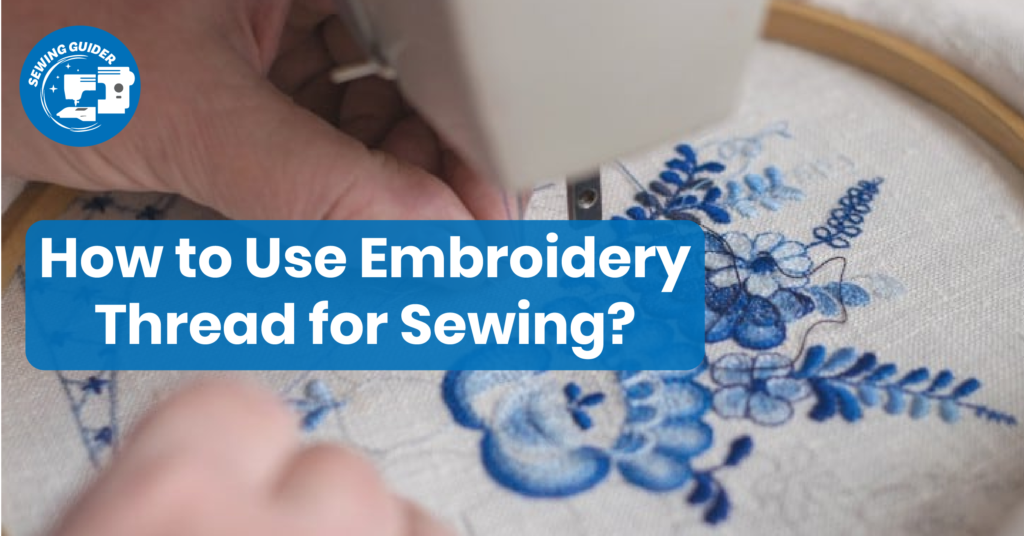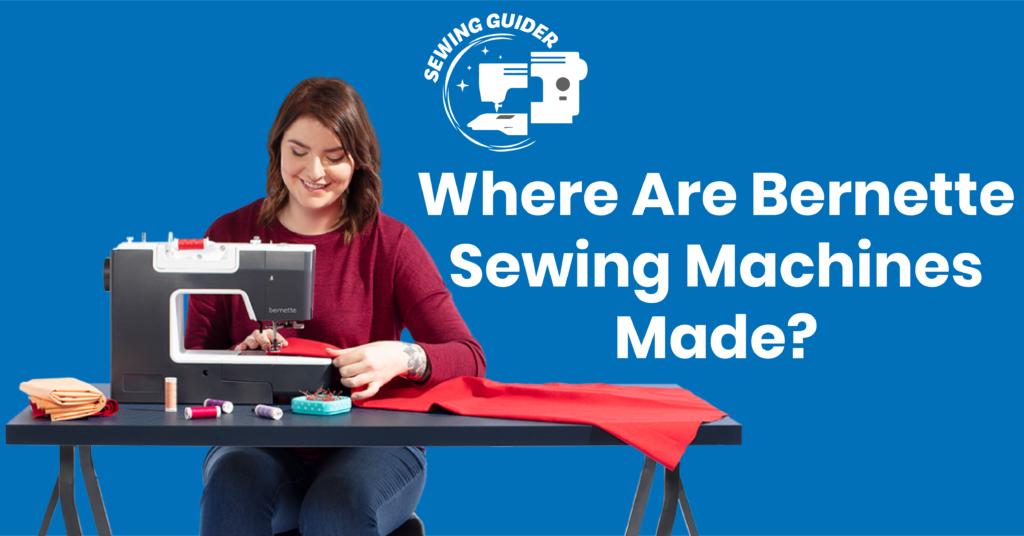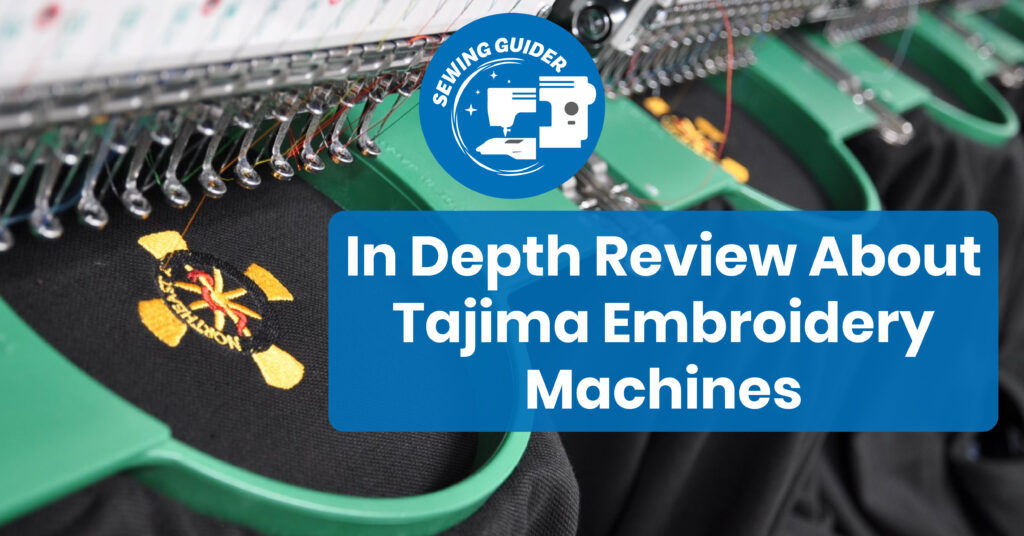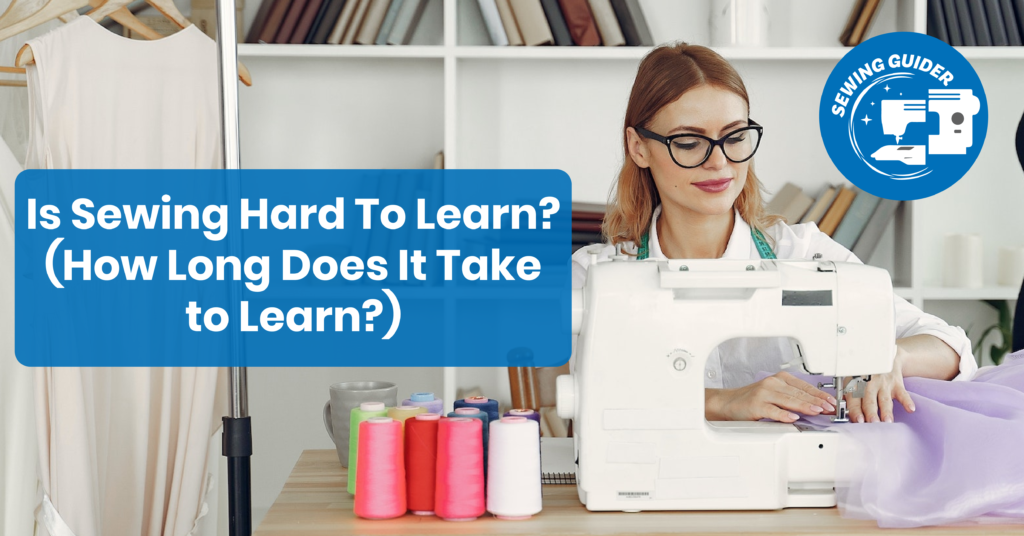Embroidery Thread is not only for embroidering. It can be used to add creativity and versatility to your sewing projects. This comprehensive guide will show you how to use embroidery thread for Sewing. It can add color, flair, and uniqueness to any project. You’ll learn valuable techniques and tips to improve your sewing abilities, whether you’re an experienced sewing expert or a beginner.
Choose the right embroidery thread:
Choosing the right embroidery thread is essential before you begin your project. Choose threads with a high sheen that are durable and complement your fabric. Choose the right thread for your project by considering the purpose of the project and the desired result.
Matching colors:
Match the color of your embroidery thread with your fabric to create a visually pleasing result. Or, use contrasting colors for an eye-catching statement. To achieve the desired look, experiment with different color combinations.
Thread Your Needle:
Use a needle the right size for your embroidery thread. The larger the eye, the easier it will be to thread. Use a thread conditioner before Sewing to prevent knotting and tangling.
Tension Matters:
Adjusting the tension on your sewing machine may be necessary when using embroidery thread. Test on a fabric scrap to ensure the thread flows smoothly and evenly.
Stitches and Techniques:
Discover different stitches and techniques to help you best use your embroidery thread. You can use decorative embellishments, intricate patterns, or freestyle embroidery for your projects.
Embellishments & Accents:
Embroidery thread can add unique accents to your sewing projects. Create intricate monograms, beautiful flowers, or delicate lace edges to elevate your designs.
Maintenance:
Caring for your machine, needles, and embroidery thread is essential for long-lasting results. Clean your machine regularly and change your needles when necessary to prevent thread deterioration.
Practice and patience:
Practice makes perfect, just like any other skill. Do not be discouraged by your first attempts if they are not perfect. With time, you will become an expert at using embroidery thread when Sewing.
Different Types of Embroidery Threads and Their Diverse Applications:
There are many different embroidery threads, each with a specific purpose. Embroidery enthusiasts and professionals need to understand the features and uses of each thread variety. This article will explore the different types of embroidery thread and their many uses.
Cotton Thread
Ideal used for traditional embroidery, quilting, and heirloom sewing. The matte finish gives projects a classic look.
Rayon Thread
With its bright sheen, rayon is ideal for adding a touch of glitz to hand and machine embroidery.
Polyester Thread
Because polyester threads are durable and can be washed frequently, they’re ideal for embroidering on sportswear, outdoor fabrics, and activewear.
Metallic Thread
Creates a metallic look to embroidery. Perfect for accents in holiday projects or evening wear.
Silk Thread
Silk thread is used for high-end embroidery on silk garments, bridal couture, and other delicate items.
Wool Thread
Wool is excellent for creating texture when embroidering, and it’s often used in crewelwork or applique.
The Variegated Thread:
The color gradients of variegated threads can add depth and interest in landscapes, flowers, and other projects.
Invisible Thread:
Perfect for machine quilting, applique, and other types of fabric work.
Glow-in-the-Dark Thread:
Create fun and unique effects on children’s clothing or Halloween costumes.
Water-Soluble Thread:
This thread can be used as a temporary basting or to create free-standing laces. It dissolves in water.
What is the difference between embroidery thread and sewing thread?
In the world of needlework, there are distinct differences between embroidery thread and sewing thread. The two are fundamentally different.
Material:
- Sewing thread: This is usually made of cotton, polyester, or a combination of these materials. It’s designed to perform specific functions, such as joining fabric pieces or creating seams.
- Embroidery thread: Available in many materials, including silk, cotton, rayon, and metallic. This thread is designed for decorative stitching and adds fabric color and texture.
Thickness:
- Sewing thread: This finer, smoother thread can pass smoothly through the fabric layers to ensure robust and even seams.
- Embroidery thread: Thicker, more textured, and thicker. This enhances the visual impact of embroidery design.
Finish:
- Sewing thread: This thread is matte and can blend with fabrics in hidden seams.
- Embroidery thread: It can have either a matte finish or a glossy finish, depending on the type of material. Glossy finishes are often used to highlight embroidery designs.
Color Variety:
- Sewing thread: Available in primary colors, it stitches garments and performs functional stitching.
- Embroidery thread: Available in an array of vibrant shades and colors, it allows for intricate and colorful designs.
Strength:
- Sewing thread: High tensile strength is designed to handle the stress of sewing seams, hems, and other areas.
- Embroidery Thread: The main focus of the embroidery thread is not strength but visual appeal.
Drawbacks Of Using Embroidery Thread for Sewing
There are certain disadvantages when using embroidery thread for Sewing:
Thickness:
Embroidery Thread is thicker than regular thread. This can lead to bulkier seams and stitches. It’s not suitable for delicate fabrics or lightweight fabrics.
Limited Color Range:
While embroidery thread has a more extensive range of colors than standard sewing threads, it may not contain the exact shade required for functional stitching.
Cost:
Quality embroidery floss can be more costly than standard sewing thread. This makes it less cost-effective for everyday Sewing.
Tension Issues:
Adjusting tension settings on a machine to use embroidery thread can be difficult for beginners.
Use Embroidery Thread to Sew:
Follow these tips to ensure a smooth embroidery thread experience.
- Choose a needle with a large eye to accommodate a thicker thread.
- Adjust the tension setting on your sewing machine to prevent thread breaks and achieve balanced stitches.
- When sewing seams, consider the bulkiness and thickness of the thread. Make allowances for this in your pattern.
- Use embroidery thread to embellish your projects, add decorative topstitching, or create a unique look.
- Before starting your main project, experiment and practice with scrap fabrics to familiarize yourself with working embroidery thread.
These tips will help you successfully add embroidery thread to your sewing projects and improve their appearance.
Conclusion
Using embroidery thread for Sewing adds a touch of creativity and elegance to your projects. Experiment with different colors, stitches, and techniques to unlock your sewing potential. With the right tools and patience, you can master the art of Sewing with embroidery thread and create stunning, one-of-a-kind pieces that showcase your unique style and craftsmanship. Happy Sewing!
Frequently Asked Question
Can I Use Embroidery Thread for All Sewing Projects?
Embroidery thread can be used for many sewing projects, especially those requiring decorative stitching or embellishments. However, it may only suit some tasks, particularly those involving lightweight or delicate fabrics.
Do I Need a Different Needle When Sewing With Embroidery Thread?
Yes, sewing with embroidery thread is recommended for a needle with a giant eye. This helps prevent thread breakage and makes it easier to thread the needle.
What’s the Main Difference Between Embroidery Thread and Regular Sewing Thread?
The main difference lies in their intended use. Embroidery thread is designed for decorative stitching and comes in a wider variety of colors and materials, while regular sewing thread is primarily for functional purposes like seams and hems.
Can I Use Embroidery Thread in My Sewing Machine?
Yes, you can use embroidery thread in a sewing machine. However, you may need to adjust the tension settings to accommodate the thicker thread. It’s advisable to test on scrap fabric before starting your project.
Are There Any Specific Techniques for Sewing With Embroidery Thread?
Consider the thread’s thickness when sewing with embroidery thread, and adjust your stitch length and tension accordingly. Practice and experimentation can help you master the techniques.
Can I Mix Embroidery Thread With Regular Sewing Thread in One Project?
You can mix and match threads in a single project for creative effects. For instance, use embroidery thread for decorative elements and regular sewing thread for functional seams.




